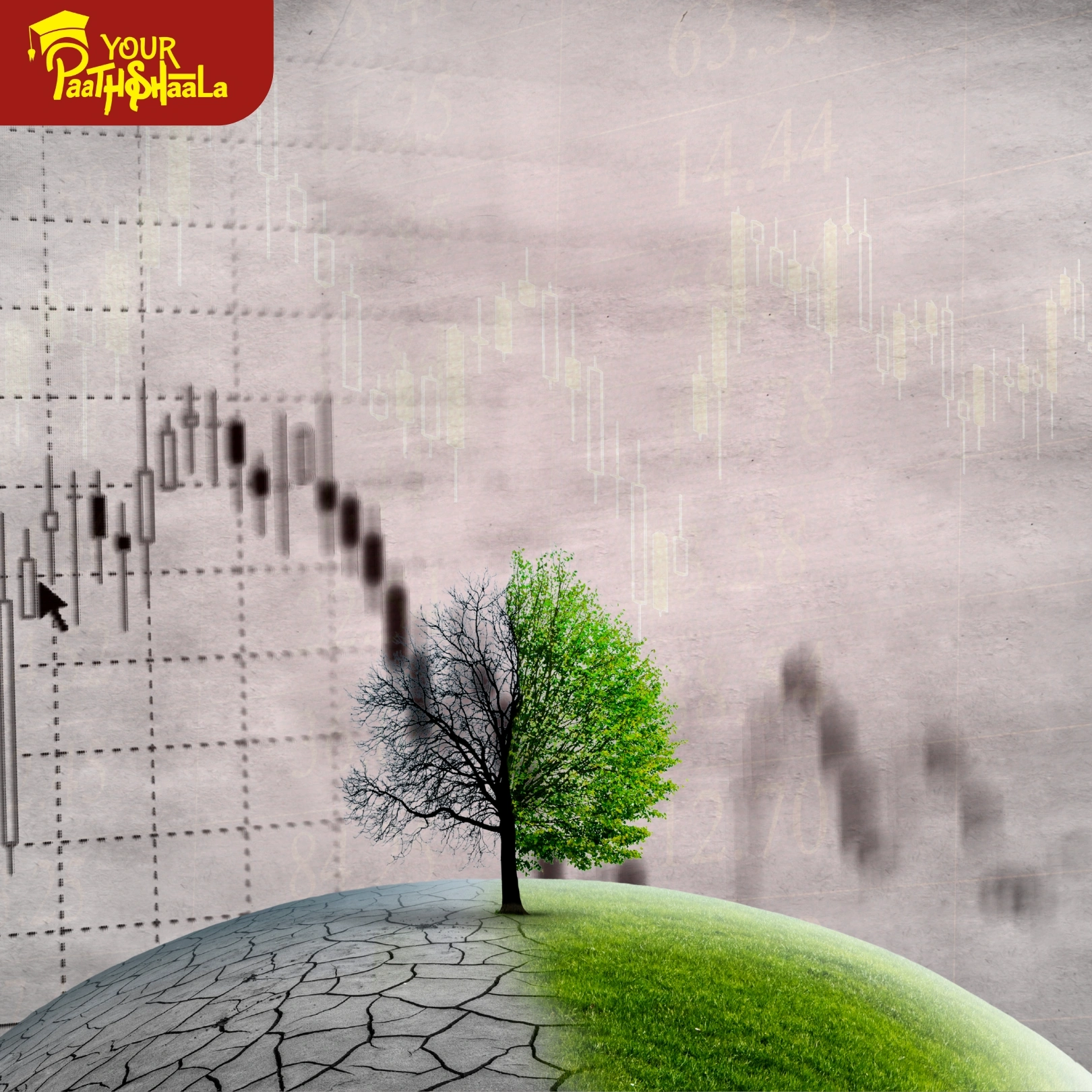Weather & Climate Data Trading: Harnessing Environmental Insights for Profit
Weather and climate significantly influence financial markets, creating unique trading opportunities. As of July 22, 2025, strategies like weather-dependent agricultural futures, natural disaster insurance impacts, seasonal utility demand plays, and renewable energy forecasting allow investors to capitalize on environmental patterns. These approaches leverage climate data to predict market movements, offering both profit potential and portfolio diversification. This 2000-word guide explores how to turn weather into a winning investment strategy, providing actionable insights for beginners and seasoned traders. Ready to harness climate data for market success? Let’s dive into the world of weather and climate data trading.
What is Weather and Climate Data Trading?
Weather and climate data trading involves using environmental insights—such as rainfall, temperature, or storm patterns—to inform investment decisions. Traders analyze weather forecasts and climate trends to predict their impact on assets like agricultural commodities, insurance stocks, energy utilities, and renewable energy firms. For example, a drought forecast might drive up corn futures, while a hurricane could affect reinsurance stocks. By integrating climate data with market analysis, investors can gain an edge in sectors sensitive to weather fluctuations, making this a dynamic and growing field.
Key Strategies in Weather and Climate Data Trading
To succeed in weather-driven investing, focus on four key strategies: agricultural futures, natural disaster insurance impacts, seasonal utility demand plays, and renewable energy forecasting. Below, we explore each in detail.
1. Weather-Dependent Agricultural Futures: Trading Crop Yields
Weather significantly impacts crop yields, influencing agricultural futures like corn, wheat, and soybeans. Droughts, floods, or temperature shifts can reduce supply, driving up prices. For example, a forecasted drought in the Midwest could increase corn futures prices on the Chicago Mercantile Exchange (CME). Traders use weather data to anticipate these shifts and position accordingly.
How to Trade Agricultural Futures
Monitor weather forecasts from NOAA or AccuWeather for crop-growing regions.
Trade futures contracts on platforms like CME or through ETFs like DBA (Invesco DB Agriculture Fund).
Analyze historical weather impacts on crop yields to identify patterns.
Diversify across commodities (e.g., corn, soybeans) to manage weather-specific risks.
Agricultural futures offer high potential but are volatile due to unpredictable weather, requiring robust risk management.
2. Natural Disaster Insurance Impact: Tracking Reinsurance and Insurers
Natural disasters like hurricanes, floods, and wildfires directly affect insurance and reinsurance companies, which cover losses from these events. Firms like Chubb or Swiss Re face increased payouts during disaster seasons, impacting their stock prices. Traders can capitalize on these events by shorting or hedging insurance stocks or investing in catastrophe bonds.
How to Trade Disaster Insurance Impacts
Track hurricane seasons or wildfire risks using data from FEMA or Climate Central.
Invest in reinsurance stocks or ETFs like KBWP (Invesco KBW Property & Casualty Insurance ETF).
Monitor catastrophe bond markets for high-yield opportunities tied to disaster risks.
Use options to hedge or speculate on insurance stock volatility during disaster seasons.
Insurance trading is sensitive to unpredictable events, so diversify and use stop-loss orders to limit losses.
3. Seasonal Utility Demand Plays: Capitalizing on Energy Spikes
Seasonal weather patterns, like heatwaves or cold snaps, drive energy demand for heating and cooling, impacting utility companies. For example, a harsh winter boosts natural gas demand, benefiting firms like Dominion Energy, while summer heatwaves increase electricity usage, supporting utilities like NextEra Energy.
How to Trade Seasonal Utility Demand
Monitor seasonal weather forecasts for heatwaves or cold snaps via Weather Underground.
Invest in utility stocks or ETFs like XLU (Utilities Select Sector SPDR Fund).
Analyze historical demand patterns tied to temperature extremes.
Diversify across gas, electric, and renewable utilities to balance seasonal risks.
Utility plays offer stability but face risks from mild weather or regulatory changes, so align investments with seasonal trends.
4. Renewable Energy Forecasting: Optimizing Solar and Wind Investments
Renewable energy stocks, particularly in solar and wind, are influenced by weather patterns like sunlight hours and wind speeds. Accurate forecasting can optimize investments in companies like First Solar or Vestas. For instance, a sunny summer forecast in Europe could boost solar stock performance, while strong wind patterns favor wind turbine manufacturers.
How to Invest in Renewable Energy Forecasting
Use weather data from sources like MeteoGroup to predict solar and wind output.
Invest in renewable energy ETFs like TAN (Invesco Solar ETF) or FAN (First Trust Global Wind Energy ETF).
Monitor government renewable energy incentives and grid integration trends.
Diversify across solar, wind, and energy storage to manage weather variability.
Renewable energy investments are high-growth but face risks from inconsistent weather and policy shifts, requiring careful timing.
Risks and Challenges in Weather and Climate Data Trading
Weather-driven trading offers unique opportunities but comes with challenges:
Unpredictability: Weather forecasts can be inaccurate, impacting trade outcomes.
Volatility: Agricultural and insurance markets can swing sharply with unexpected events.
Regulatory Risks: Energy and insurance sectors face evolving government policies.
Data Complexity: Integrating weather data with market analysis requires expertise.
To mitigate risks, diversify across strategies, use ETFs for broader exposure, and rely on reliable weather data sources. Professional guidance can enhance decision-making.
Tools and Resources for Weather and Climate Data Trading
To succeed in weather-driven investing, leverage these tools:
Weather Data Platforms: Use NOAA, AccuWeather, or MeteoGroup for accurate forecasts.
Market Platforms: Access futures, stocks, and ETFs via brokers like Interactive Brokers.
Analytics Tools: Track weather-market correlations with Bloomberg Terminal or TradingView.
Educational Resources: YourPaathshaala offers courses on climate-driven trading strategies.
These tools, paired with disciplined analysis, can sharpen your weather-based trading edge.
Why Weather and Climate Data Trading Matters in 2025
As of July 22, 2025, weather and climate data trading is gaining traction amid increasing climate volatility and global decarbonization efforts. Extreme weather events, like hurricanes and droughts, are driving volatility in agricultural and insurance markets, with CME agricultural futures trading volumes up 15% year-over-year. Renewable energy markets are expanding, with solar and wind capacity projected to grow 20% annually through 2030, per IRENA. Seasonal utility demand remains a reliable play, supported by rising global temperatures. These trends make weather data a powerful tool for investors seeking to capitalize on environmental shifts.
Getting Started with Weather and Climate Data Trading
Ready to turn weather into a winning strategy? Follow these steps:
- Study Weather Impacts: Learn how weather affects agriculture, insurance, utilities, and renewables.
- Choose a Platform: Select a broker offering futures, ETFs, and stock trading.
- Start Small: Test strategies with limited capital to understand risks.
- Diversify: Spread investments across commodities, insurance, utilities, and renewables.
- Seek Education: Enroll in courses at YourPaathshaala, located near Anjali Children Hospital, Tagore Nagar, Mathpurena, Raipur, Chhattisgarh, PIN code: 492001.
Conclusion
Weather and climate data trading—through agricultural futures, natural disaster insurance, seasonal utility plays, and renewable energy forecasting—offers a unique edge in 2025’s volatile markets. By leveraging environmental insights, investors can turn climate trends into profitable opportunities. Despite risks like unpredictability and regulatory changes, diversified strategies and reliable data can lead to success. Discover how to harness weather-driven markets with YourPaathshaala’s expert guidance.
Visit YourPaathshaala
Near 🏥 Anjali Children Hospital, Tagore Nagar, Mathpurena, Raipur.
📫 PIN code: 492001, Chhattisgarh
📞 Click the Call Now to contact us!
Take your financial knowledge to the next level with YourPaathshaala—your trusted partner for investment education and market insight.







